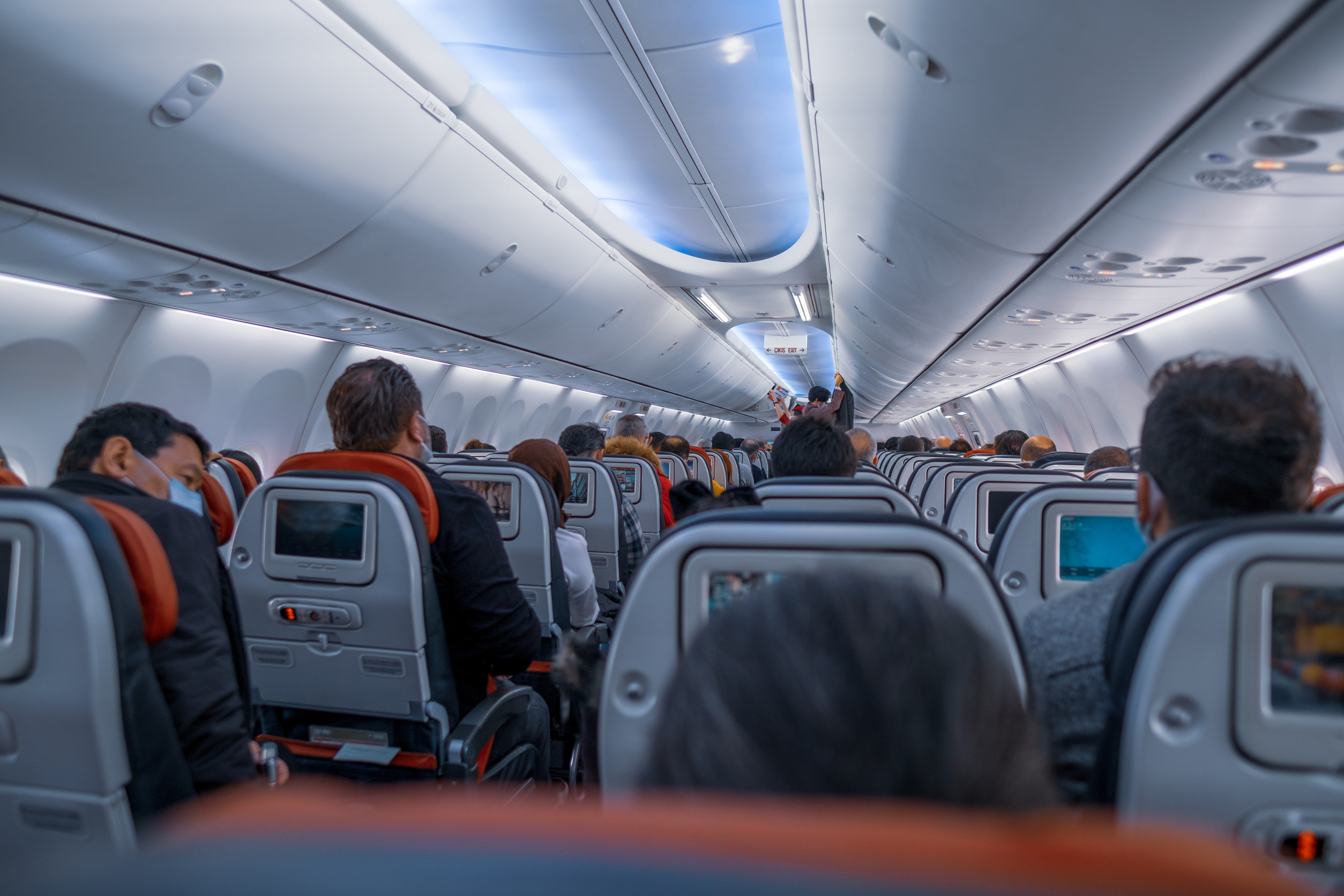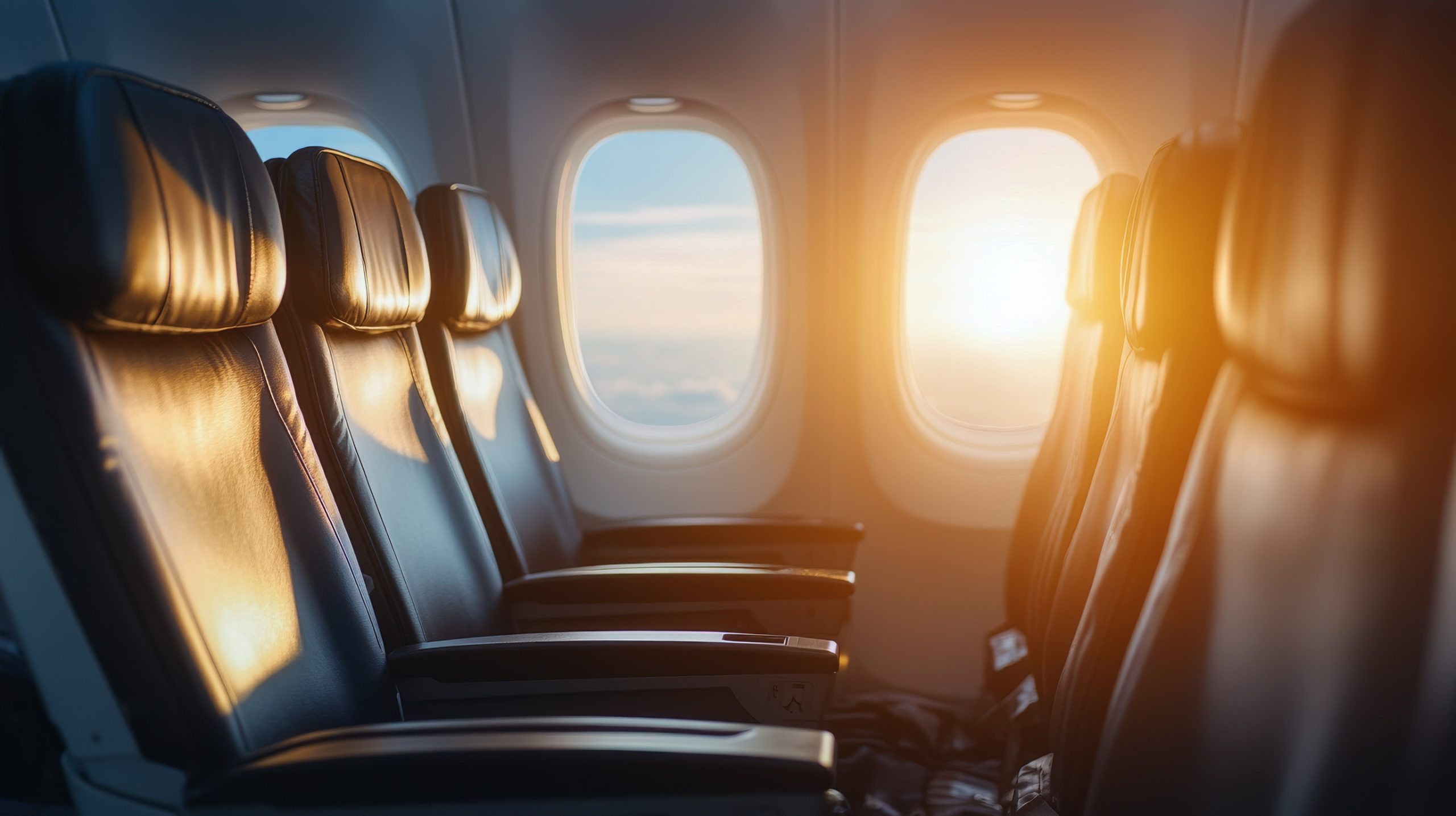Airlines are masters at turning a cheap-looking flight into a wallet-draining ordeal. The ticket price flashes on the screen, luring travelers in like a neon sign promising savings, but what waits behind the booking button is a series of clever traps.
By the time boarding begins, the “great deal” has ballooned into something much bigger, and often, passengers don’t even realize where the extra charges came from. These fees hide in plain sight, dressed up with harmless names or buried in fine print. The result? A boarding pass that cost way more than anyone planned for.
1. Seat Selection Shenanigans
Many airlines now charge extra just to choose a seat, even if that seat is in the dreaded middle row. What used to be a courtesy has become a cash cow, with airlines quietly pushing passengers into paying to avoid being separated from friends or family.
This fee hits hardest when traveling in groups, where the idea of being scattered across the plane nudges people into pulling out their credit cards. Even worse, “preferred seats” might not offer more legroom, just a slightly better location on the plane. That small decision to sit together often ends up costing nearly as much as a checked bag.
2. Carry-On Bag Ambush
Low-cost carriers are infamous for this one, but even traditional airlines have started experimenting with it. Travelers who assume a carry-on is free often find themselves surprised by a hefty charge at the gate. Suddenly, the bag they thought would save money by avoiding checked baggage fees costs even more to bring onboard. Airlines know this trick works because by the time the gate agent makes the announcement, there’s no turning back. What should feel like a right—bringing a small bag with you—becomes a last-minute financial sting.
3. Boarding Zone Boost
The boarding process has turned into a money-making machine disguised as convenience. Airlines now charge for priority boarding, tempting travelers who want to guarantee overhead bin space. The catch is that passengers who skip paying often board so late that their carry-ons risk being gate-checked for free—yet another way the airline profits. For those who value control or speed, the temptation to pay the boarding upgrade feels irresistible. What looks like a small optional perk is really a subtle pressure tactic baked into the travel experience.
4. Food and Drink Markups
Airplane snacks and drinks have gone from complimentary to costly without most passengers noticing the shift. A bottle of water or a snack box can cost several times more than what’s sold at the airport gate. Since travelers can’t exactly bring large liquids through security, the airline has total control once onboard. Hunger, thirst, and hours in a cramped seat leave people with little choice but to swipe their card. That mid-flight snack, once a perk, has become another sneaky source of revenue.
5. Change and Cancellation Traps
Booking a flight feels like a commitment, but life rarely follows the same schedule airlines demand. Change and cancellation fees sneak up with shocking numbers, often rivaling the price of a new ticket. Even airlines that advertise “flexible” fares usually bury restrictions in the fine print.
The result is passengers who thought they had options but end up shelling out big money for even the smallest adjustments. It’s one of the most frustrating fees, because it punishes flexibility and leaves travelers feeling cornered.
The Hidden Costs of Flying
Flying has never been more accessible, but it’s also never been more packed with hidden costs. These sneaky fees are carefully designed to feel optional, yet most travelers end up paying them anyway. Knowing where airlines slip in the extras is the best defense against sticker shock. The next time a flight looks like a bargain, remember to look beyond the base fare.
What are your thoughts on these sneaky airline fees? Share your take or drop a comment—your next trip could be a lot cheaper with the right strategy.
You May Also Like…
These Are The Top 5 Airlines To Fly With
Airline Safety: 10 Sad Realities of Airline Flights in 2025
The Unfriendly Skies: 8 Airlines You Should Say “No” To Flying With
10 Travel Habits That Tell Watchers You’re Gone for Days
10 Travel Habits That Tell Watchers You’re Gone for Days


